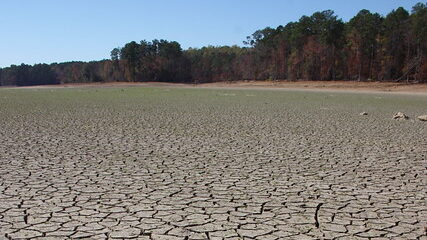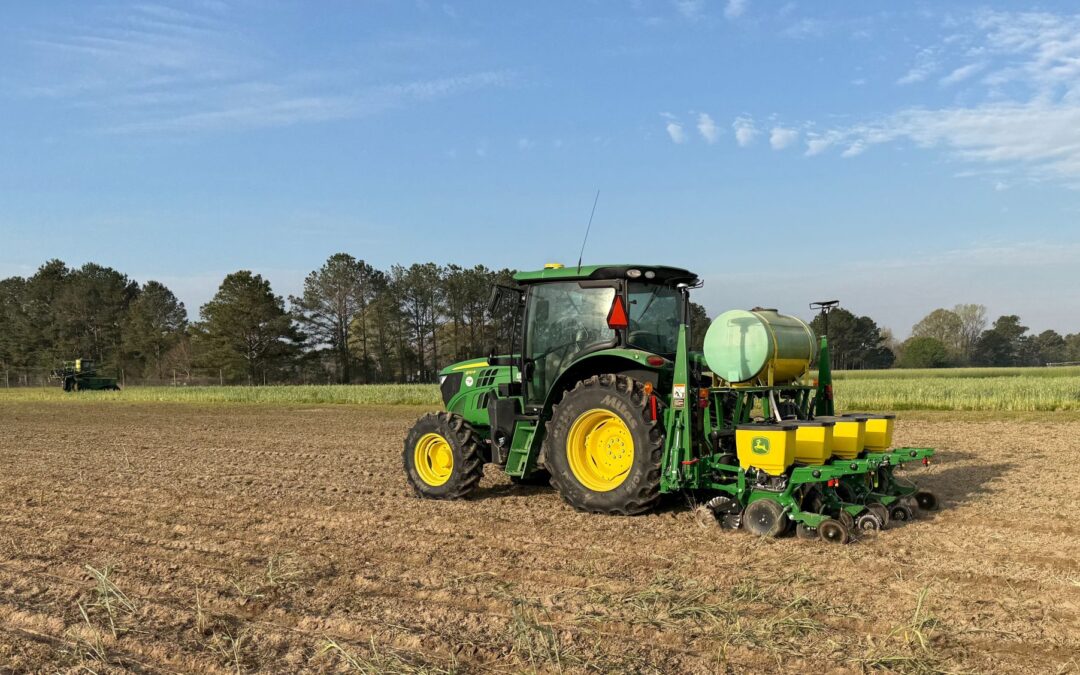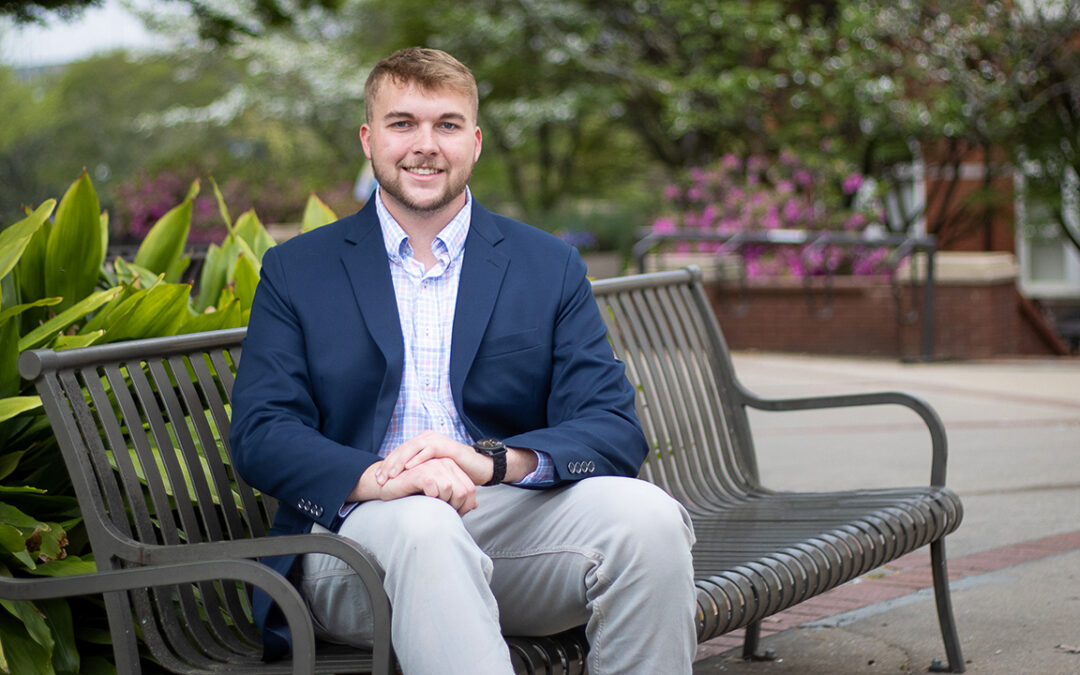
Research at E.V. Smith and two other Agricultural Experiment Station research centers is focusing on replicating the high yields of top producers.
Part 1
by PAUL HOLLIS
“How high can crop yields go? Researchers at Auburn University’s Alabama Agricultural Experiment Station intend to find out just that with a new initiative that aims to replicate the outstanding yields being achieved by some of the nation’s top row-crop farmers.
“As farmers have continued to make record-breaking yields, we began looking at how we could increase our own production so it is more comparable to what they are doing,” said Dale Monks, AAES director of outlying units.
Small plot research is different from a typical grower’s field, Monks said.
“We have access to the best unbiased information available,” he said. “If we put all of that into practice, can we match what the best farmers are doing?”
Crop yields throughout the U.S. have climbed steadily in recent years to previously unheard of levels, with 300-plus-bushel corn, 100-bushel soybeans and 1,500-pound cotton becoming commonplace among top producers.
If that’s where farmers want to be, then that’s where the research should be taking them, said Greg Pate, director of the E.V. Smith Research Center in central Alabama.
Pate, along with his counterparts at AAES facilities in Alabama’s Tennessee Valley and on the Gulf Coast, have embarked on a multi-year research project that will integrate all aspects of crop production to achieve maximum yields. All three locations will have the same tests, across different geographies and soil types.
“Our center pivot irrigation systems allow us to do variable rate irrigation, seeding rate and fertilization, so it’s ideal for conducting such an experiment on a large scale,” Pate said. “We can take what we’re finding in our small plots and expand it to plots that are at least one acre in size, rather than the traditional 25 feet and four rows found on most experiment stations.”
University and experiment station crop research is often criticized because the equipment being used, the size of the plots, and the inputs do not match what is being done on actual farms. But the current initiative should answer those concerns, with the AAES making a substantial investment in equipment and technology at its 15 outlying research units across the state.
“We’ve heard that what we do is not relevant to a farmer’s operation or is not scalable,” Pate said. “Much of it has to do with soil type, but management also plays a large role. These trials are on scale, and we’ve got the same equipment as producers do. So if we can do it in our plots, then they can do it on their farms. We’re going across multiple soil types, so it’s a real-world scenario. This will give credence to our research. If I make 300-bushel corn or 100-bushel soybeans, they’ll believe it.”
Achieving high yield goals has been made easier due to new crop varieties, said Malcomb Pegues, director of the Gulf Coast Research & Extension Center in Fairhope.
“Seed companies are developing varieties for corn, cotton and soybeans that will produce higher yields than we’ve seen in the past. Also, we now have the technology to control inputs and to collect data about these inputs. This also raises the bar on yield,” said Pegues.
Monks concedes that the high yield goals probably won’t be reached in the first year of the initiative, but he expects success at least by the third year.
“We started working on our soil fertility foundation this past fall. Once that is done, we can focus on variety selection, irrigation scheduling and other production practices,” he said.
The yield goals are lofty but are certainly achievable under the right conditions, Pate said.“I’ve averaged 1,500 pounds of cotton only one time at our station. I had a test last year that averaged 1,600 pounds, but that was unusual. So we’ve set some ambitious goals for ourselves,” he said.
Achieving high yields in soybeans is even more challenging because there are few recommendations for irrigating the crop.
“We’re making some inferences based on general observations, so we need to start by identifying the proper irrigation rate,” Pate said. “The problem with soybeans is if we irrigate early, they’ll make vines and not beans. This research might tell us if we need to be planting full-season, fuller maturing varieties in Alabama.”
As for corn production, Pate will be increasing plant populations at E.V. Smith to help achieve high yields. “This past year, we went with the highest plant population we’ve ever tried at 36,000 per acre. This spring, I want to go with about 45,000, on twin rows, on 36 inches. To make 300 bushels of corn, we’ll have to apply 360 pounds of nitrogen with split applications,” he said.
Read Part 2 of this series here.




